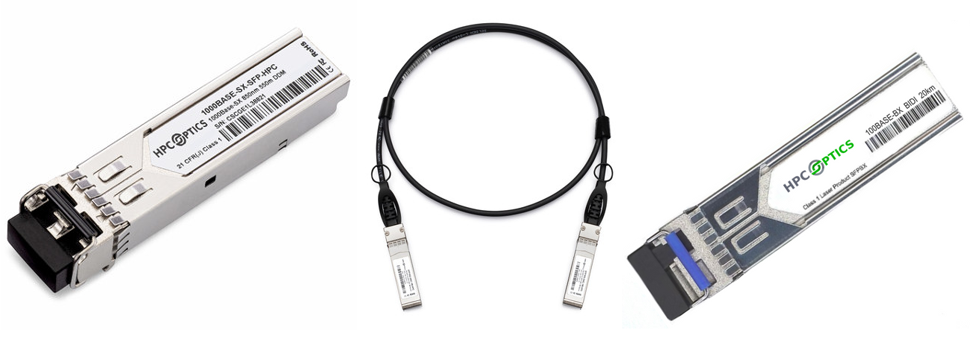Revolutionary Shift to More Efficient Juniper Optics & Transceivers
Posted by HPC on Apr 5th 2023
Optical transceivers are
straightforward networking component, and it works as well as communicates in
pairs. It is a key technology of today’s optical line systems. To aggregate
lower traffic rates, Juniper optics is the need of the hour to integrate
a higher-speed interface. It is the integration of optical systems like
transceivers that can influence the cost of building a network consisting of
multiple aggregation nodes and a high volume of endpoints.

Need to shift To Juniper Optics & Transceivers
Juniper optical systems are composed of three major components, including a terminal system (transponders), a line system, and a management system. However, the traditional optical system components are offered as a bundle, once invested in it, service providers do not get the versatile option for maintenance and upgradation. Fortunately, this is not the case with Juniper transceivers and cables as these components can easily operate on different applications and stands for minimal maintenance.
Aside from the lack of options, traditional network optics also have another major drawback. The terminal system and line system of the traditional optical system operate at different speeds which often results in network breakdown and leads to maintenance. This is another key reason why data centers of today’s modern era adopt an open line integration technology of Juniper optics.
Benefits Of Shifting To Juniper Technology
- One-stop management plane to integrate multiple applications.
- Easier and reliable access to tech-advanced solutions
- Foster innovation and improve productivity scope in the networking line system
It is easy to integrate Juniper cables and transceivers with a digital signal processor that ensures service providers can leverage layer 3 protocols. Thus it is wise to get upgraded to advanced juniper optical modules.
